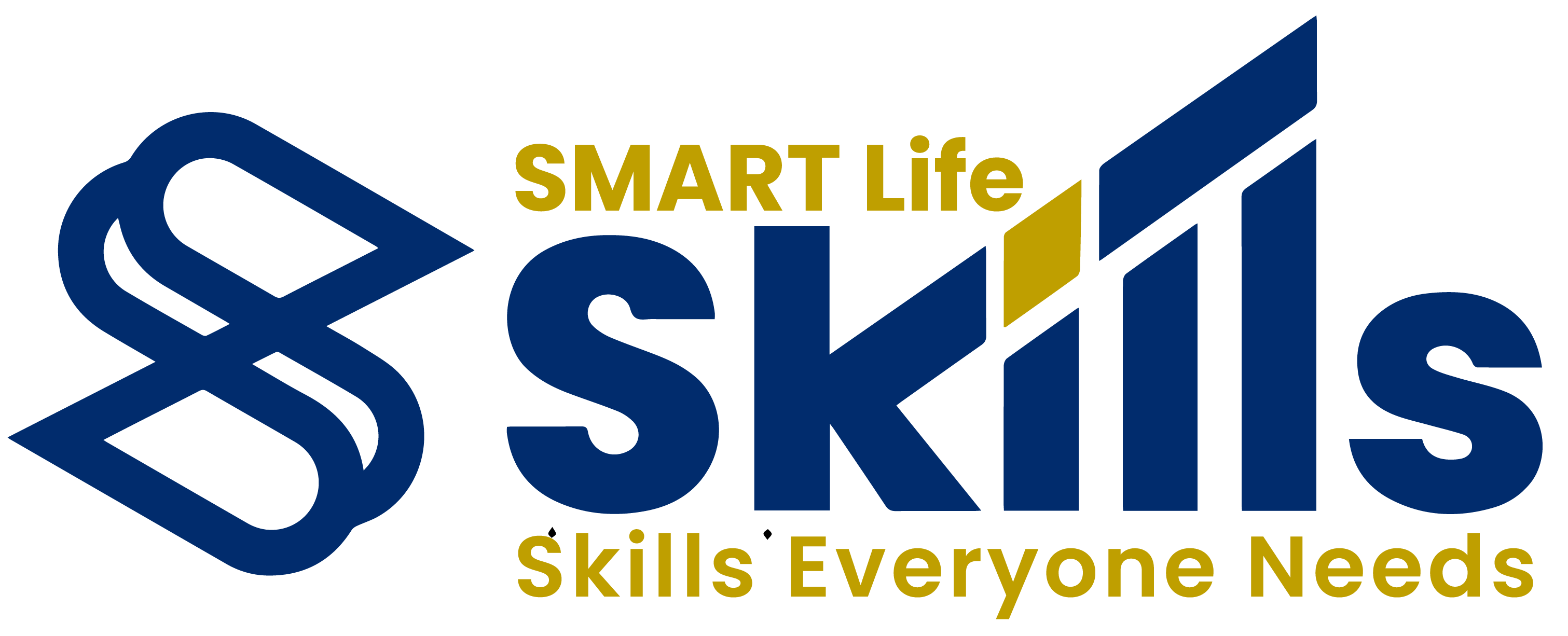Upcoming Fashion Trends for 2025 – What’s In, What’s Out
As we move deeper into 2025, the fashion world is undergoing a bold shift—embracing individuality, sustainability, and AI‑driven creativity. Here’s your guide to what’s in, what’s out, and why it matters. 1.0 Individualism Over Uniformity A growing rejection of algorithm‑driven uniformity is fueling a move toward expressive personal style, with maximalist designs, eclectic colour palettes, and heritage throwbacks taking centre stage (WhoWhatWear, 2025). Expect powder pinks, bold embroidery, and dramatic silhouettes alongside updated icons from heritage houses (WhoWhatWear, 2025). 2.0 Heritage Revival & Era‑Spanning Nostalgia Designers like Prada and Miu Miu are mining brand archives, blending Victorian lace with Y2K structure and flowing boho layers. The result: a nostalgia‑infused wardrobe that feels both timeless and radically fresh (WWWD trends). 3.0 Nautical Rebellion: Pirate Boots Unlikely as it sounds, pirate boots—loosely structured, buckled, thigh‑high leather—are gaining traction. Labels like Miu Miu, Dolce & Gabbana, and Zimmermann reinterpret the look with romantic flair, channeling cinematic adventure (Glamour article). 4.0 Slouch Meets Structure & Textural Contrast Accessories and outfits are blending relaxed silhouettes with structured finishes. Think slouchy leather boots paired with tailored suiting, or satchels that drape yet remain firm (Glamour fall roundup). These textured pairings echo a bohemian-meets-polish aesthetic. 5.0 Sustainable Staples & Slow Fashion The sustainable fashion movement continues to influence trend cycles. Designers are prioritising zero‑waste pattern cutting, 3D seamless knitting, and reused textiles to reduce waste (Wikipedia on sustainable fashion). Gen Z consumers increasingly value circular economy models and ethical production over fast‑fashion excess (Gazzola et al., 2020). 6.0 Tech and AI‑Aided Trend Forecasting AI and sentiment analysis now help forecast trends in real time. A recent study found that social media sentiment, especially around sustainability and streetwear, can accurately predict rising fashion themes (Bansal & Tharun, 2025). Meanwhile, McKinsey’s State of Fashion 2025 highlights ambitious innovation, including AI design tools, customer personalisation, and nearshoring supply chains (McKeegan, 2024). 7.0 Preppy Revival (Rebranded) Preppy aesthetics are witnessing a resurgence—oversized rugby shirts, literary‑inspired accessories, ballet flats—now reimagined under the guise of “intelligent dressing” rather than elitist fashion (Country Life report). 8.0 Romance-Driven Silhouettes From sculptural gowns to lace overlays and soft shoulders, designers are leaning into romantic drama. Expect renewed interest in vintage lace, ruffles, and flowing maxi dresses inspired by pastoral and bohemian styles (Glamour & Vogue spring/summer picks). 9.0 Bold Colours & Techno Minimalism Colour is returning with intention: grape purples, electric textures, and unconventional palettes are used to express mood and personality (Glamour fall trends, 2025). But quiet luxury remains significant too—understated tailoring in neutral tones that signal quality, not logos (Wikipedia on 2020s fashion). 10.0 Nostalgic Accessories & Practicality From hobo-style handbags to ballet flats and shell pendants, accessories in 2025 reference 2000s silhouettes and coastal themes. Vintage-inspired pieces are paired with clean lines and modern functionality (People.com & Marie Claire). What’s Out: Fast-Fashion Uniformity & Microtrends Micro‑trends are being rejected in favour of lasting style narratives. The industry is shifting away from fast-fashion churn and mono-aesthetic saturation toward more thoughtful design (Wikipedia on 2020s microtrends). Uniform, algorithm-led style is being supplanted by individual expression and timeless design (Vogue Business). Style Guide: How to Wear the Trends with Intention Opt for colour thoughtfully: Try a grape-purple coat or powder-pink knit to signal optimism and playfulness. Mix heritage pieces and textures: Pair a relaxed hobo bag with structured trousers or tailored outerwear. Daily romance: Lace elements and sculptural cuts can bring elegance without overwhelming. Purposeful prep: Oversized shirts, nostalgic athletic layers, and statement knits communicate uplifted simplicity. Step away from fast trends: Invest in pieces with reasonable longevity and ethical provenance. The Bigger Picture: What This All Means Global forces are reshaping fashion’s future: economic uncertainty, sustainability mandates, and cultural pushback against homogenisation all play a part (State of Fashion 2025, McKinsey). At the same time, consumer sentiment—tracked via AI and social platforms—is actively driving what becomes stylish (Bansal & Tharun, 2025). Meanwhile, younger consumers are voting with their wallets: prioritising craftsmanship over logos, and stories over convenience (Gazzola et al., 2020). In 2025, fashion isn’t just aesthetics—it’s values in motion. In Summary Trend Category What’s In What’s Out Colour & Silhouette Powder pinks, bold textures, sculptural forms Fast, fleeting colour microtrends Materials & Sustainability Zero-waste design, circular fabrics Single-use, synthetic fast fashion Accessories Hobo bags, ballet flats, preppy styling No-logo, mass-produced ubiquity Technology & Forecasting AI sentiment analysis and personalisation Algorithm-enforced uniformity Fashion in 2025 is not about blending in—it’s about expressing who you are, while honouring the planet you live on. Whether you gravitate toward quiet luxury or unapologetic maximalism, the message is clear: wear something intentional, sustainable, and distinctly you. References Bansal, A. & Tharun, A. (2025) ‘Emotional analysis of fashion trends using social media and AI: Sentiment analysis on Twitter for fashion trend forecasting’. Available at: https://arxiv.org/abs/2505.00050?utm_source=chatgpt.com. (Accessed: 1 August 2025) Gazzola, P., Pavione, E., Pezzetti, R. & Grechi, D. (2020) ‘Trends in the fashion industry: The perception of sustainability and circular economy’, Sustainability, 12(7). Available at: https://www.mdpi.com/2071-1050/12/7/2809?utm_source=chatgpt.com. (Accessed: 1 August 2025). McKeegan, D. (2024) ‘The State of Fashion 2025: Key trends shaping the future’, WhatTheyThink.com (complimentary of McKinsey report), December. Available at: https://whattheythink.com/articles/122171-state-fashion-report-2025-key-trends-shaping-future-fashion-year-ahead/?utm_source=chatgpt.com. (Accessed: 1 August 2025). State of Fashion 2025 (2024) McKinsey & Company. Available at: https://www.mckinsey.com/industries/retail/our-insights/state-of-fashion?utm_source=chatgpt.com. (Accessed: 1 August 2025). WhoWhatWear (2025) ‘The trends defining 2025 fashion’. Available at: https://www.whowhatwear.com/fashion/top-2025-fashion-trends?utm_source=chatgpt.com. (Accessed: 1 August 2025). Glamour (2025) ‘7 key fall fashion trends for 2025 you need to know’. Available at: https://www.glamour.com/story/2025-fashion-trends?utm_source=chatgpt.com. Accessed: 1 August 2025). Glamour (2025) ‘Pirate boots are the unexpected trend that will take over fall 2025’. Available at: https://www.glamour.com/story/pirate-boots-fall-2025-trends?utm_source=chatgpt.com. (Accessed: 1 August 2025). Country Life (2025) ‘This season’s fashion is in an Ivy‑league of its own’. Available at: https://www.countrylife.co.uk/luxury/style/what-everyone-is-talking-about-this-week-this-seasons-fashion-is-in-an-ivy-league-of-its-own-just-dont-call-it-preppy?utm_source=chatgpt.com. (Accessed: 1 August 2025). Vogue (2025) ‘Key fall/winter 2025 fashion trends’. Available at: https://www.vogue.com/article/fall-winter-2025-fashion-trends?utm_source=chatgpt.com. (Accessed: 1 August 2025). Wikipedia (2025) ‘2020s in fashion’. Available at: https://en.wikipedia.org/wiki/2020s_in_fashion?utm_source=chatgpt.com. (Accessed: 1 August 2025). Wikipedia (2025) ‘Sustainable fashion’. Available at: https://en.wikipedia.org/wiki/Sustainable_fashion?utm_source=chatgpt.com. (Accessed: 1 August 2025).










